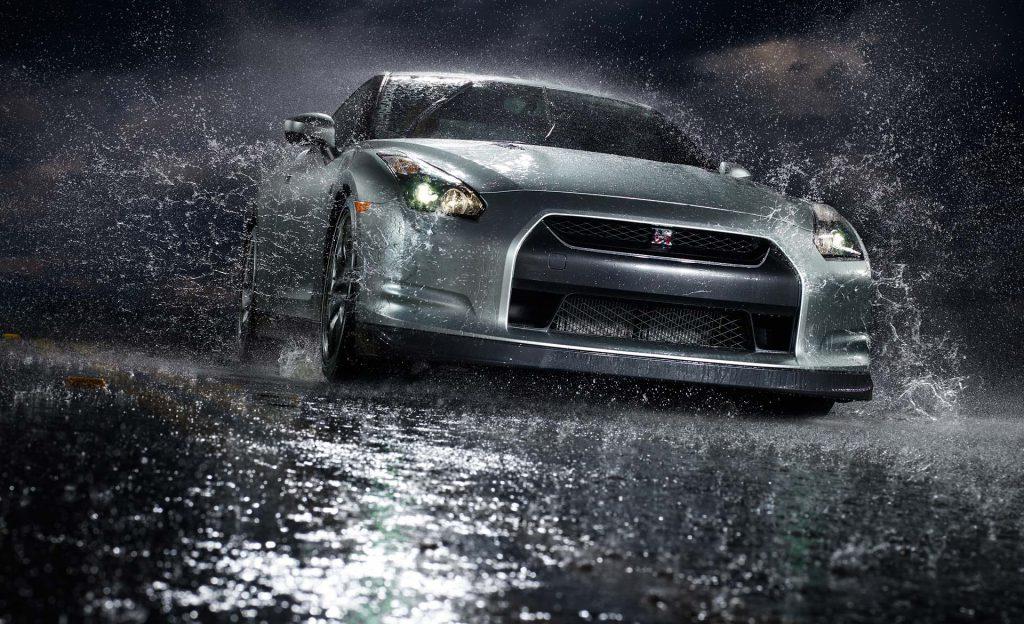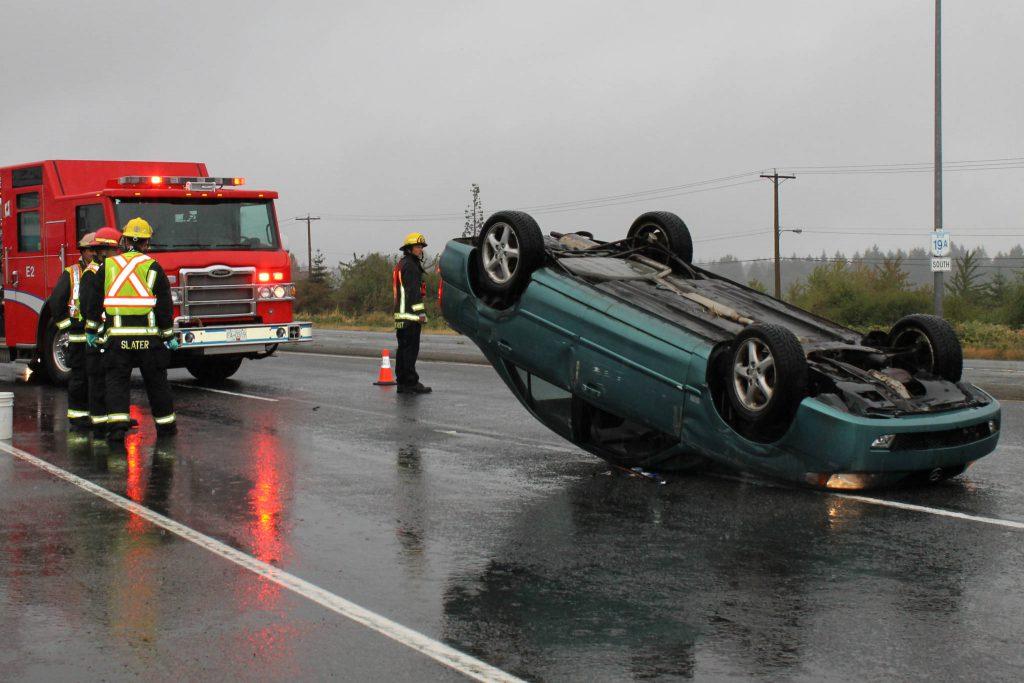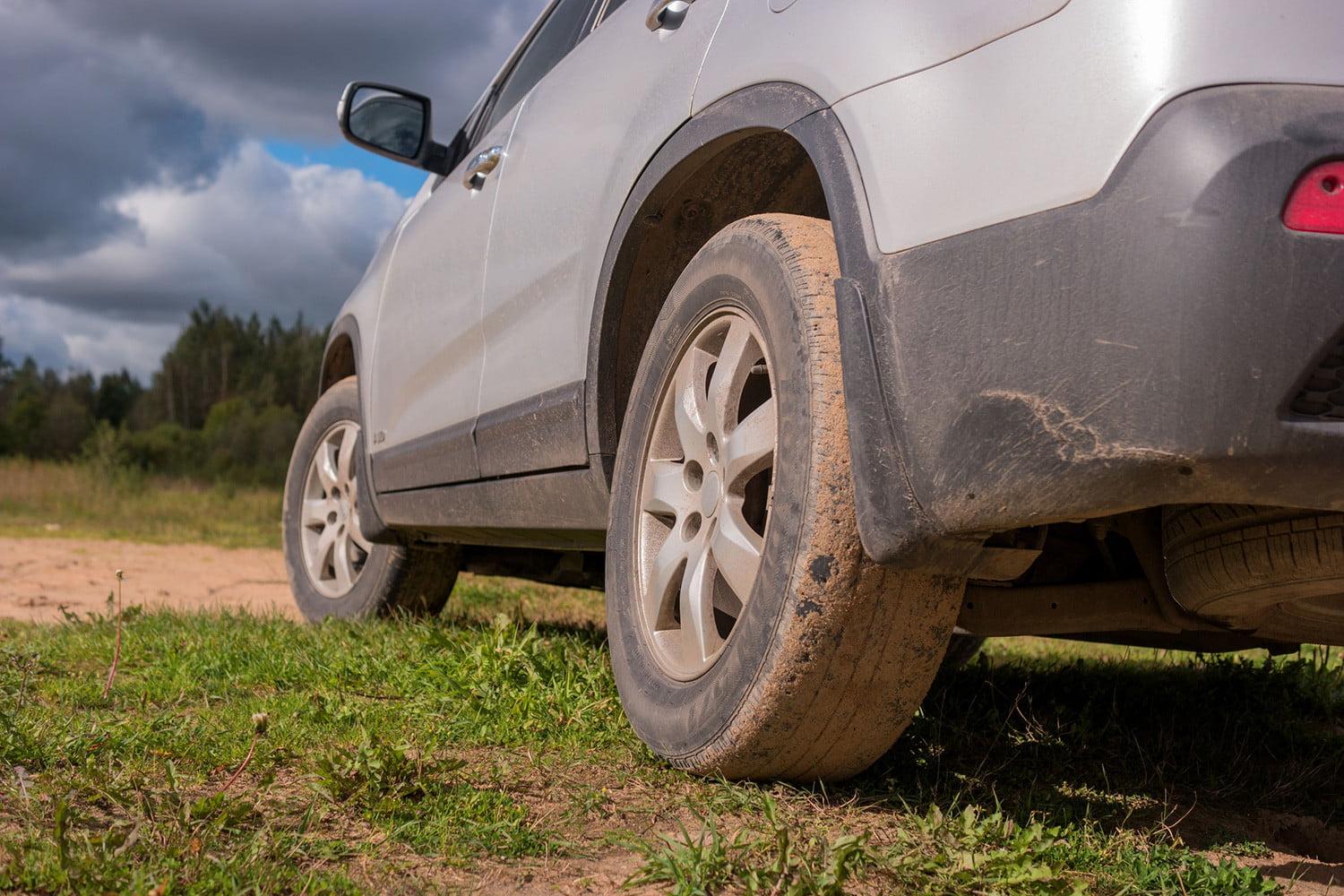Changing car tires is a task that should not be neglected. Over time, tires need to be replaced due to the wear and tear over time. You may have learned the art of changing tires through years but what might confuse is whether to install new tires on front or back.
Read on to steer clear on any confusion regarding the same.
Contents
New Tires on Front or Back- What Really Works?
Do not run your cars on old tires when you know that your safety and the car’s engine efficiency are in danger. It is required to usually give a change to two the tires out of the four, but the question is which ones to replace. Let’s explore the factors associated to help you decide better.
1. The Rear Is Always the Best
There are two terms that you need to get familiar with. On is oversteer, i.e., the car’s propensity to take a turn more than what was intended. The other is grip or traction, i.e., the ability of a car to not lose its stability.
Installing tires on the rear helps with both of it. It is a fact that the new and the appropriately treaded tires help in preventing hydroplaning. This is a condition where a film of water builds up between the car’s wheels and the road, thus loss of traction.

When you would move ahead on a wet terrain with the old tires in the front, hydroplaning would occur. In case, it happens the car would understeer, i.e., it would want to move straight ahead. Controlling such a situation is comparatively easier when you have new tires at the rear. All you need to do is, decelerate. Next time anyone asks you whether to install new tires on front or back, know that it is always the back.
SEE MORE:
2. Why Not the Front?
It is a fact that the front tires wear out much faster than the rear ones. You may think that replacing the newer ones on the front would be the right thing. But it is not! We have discussed with you what is hydroplaning, and the same concept applies here.
When the worn out tires are present on the rear, they may tend to hydroplane when driving through wet terrains. This would lead to rear tires losing traction sooner than expected.

>> Finding a cheap used car in good conditions here <<
Such a situation further would lead to oversteer, i.e., the car would be up for a spin. As a matter of fact, oversteer is intricate to control. You would gradually lose control when the car starts drifting even after you decelerated. In case, you are out on the snowy terrains the situation could be even dangerous. Know when to replace tires by referring to maintenance tips.
Watch the video to know “Is it better to Put New Tires on the Front or Back?
Conclusion
Knowing whether to install new tires on front or back, you would be clear on the two concepts by now. One should understand that a slightest of carelessness can lead you into danger. Your safety is a primary concern that should be looked after no one but you.




I have a different opinion, I think that while what has been documented here is true in certain weather conditions but surely not in the tropical regions where high temperatures are the order of the day. In this regard, it is better to always have good front tires otherwise tire burst would soon take your life on highways.
I though so as well
Do we have any similarities between braking (dics and drum) and tires?
Does this also apply to front puller vehicles?
Does this also apply to fron tpuller vehicles?
My daughter just got her first car, so I wanted to give her some tips before she moves out and goes to college. I didn’t know you were supposed to put new tires on the rear of your car if you’re only putting two tires on. I’ll have to show this to my daughter, so we can find a shop that sells and can put new tires on her car at a reasonable price, thanks to this post!